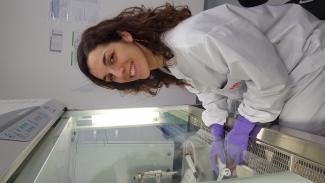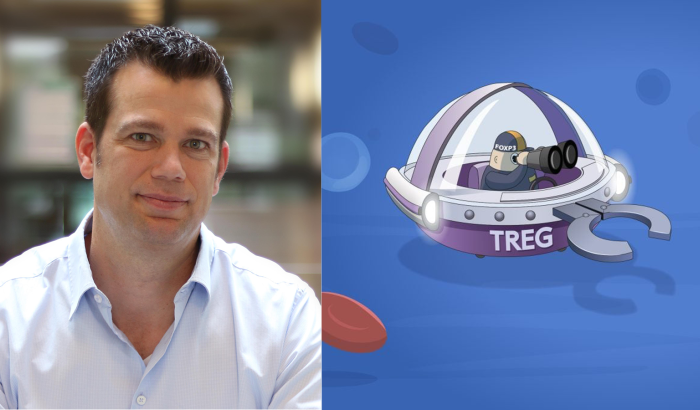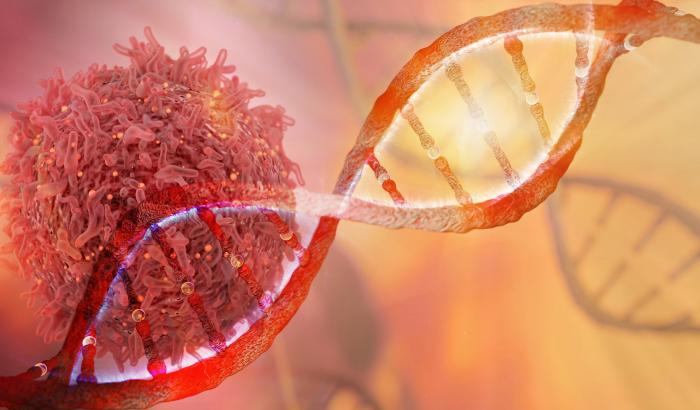
Clara Berenguer
That is right. Scientists in laboratories around the world have been working hard to create neurons (nerve cells) out of skin from patients with brain disease. Their objective is to understand how brain illnesses work and how to treat these patients more effectively. But why is that so revolutionary in the world of research?
Benefits and limitations of animal experiments
To answer this question, we must check the methods that investigators used along history to explore and understand human biology. For this purpose, animals have generally been used as a tool in research laboratories. In particular neurodegenerative illnesses, such as Parkinson’s and Alzheimer’s diseases, have been studied during decades through the creation of animal models that could reproduce the main symptoms and characteristics of these disorders. The use of mice, rats, and even monkeys, has helped to answer many questions about brain aging and degeneration, and allowed medicine to advance to the level that it is nowadays.
However, if we scratch the surface of this topic, we will find many unresolved issues. First of all, animal brains are very different from human brains in many aspects, and most of the research done in animal models could never be directly linked to any real case of neurodegeneration in humans. On top of that, let’s not ignore the fact that we use innocent living creatures as “test instruments” for our own interest. This is especially relevant when good alternatives are available, such as in the case of neurodegenerative diseases.
Genetically “reprogrammed” human skin cells
Luckily enough, investigation methods have changed a lot recently. Researchers are now able to get human skin cells, called fibroblasts, from diseased patients and make them enter a metamorphosis state defined as re-programming. In other words, the genetic program within these cells that characterize them as part of the skin is artificially modified, converting it into a more simple or “undefined” program.
When this happens, these cells do not have skin features anymore and they are classified as stem cells. The advantage of these type of cells is that, since their inner genetic program is plain, they can be modelled into any cell type of the human body. That’s how brain cells, like neurons, are created from skin cells and can be used in the laboratories.
Towards more precise and personalized medicine
So, what does this mean for future brain research? The answer has only two words: Personalized medicine. The fact of being able to study a specific disease using skin samples coming directly from patients gives the incredible advantage of understanding what is happening in every individual diseased brain, and of knowing how to treat every individual case more precisely.
In other words, science investigators will be able to build a direct bridge from the laboratory to the hospital. Moreover, fewer or perhaps even no animals will be needed for experimentation on neurodegeneration and, probably, in any other human research discipline. Thanks to this improvement, we are getting closer to find the cure for these illnesses and maybe to a future without brain degeneration.
Author: Clara Berenguer
Editor: Michèle Weber (FNR)
Image and photo: Clara Berenguer
About the author
Clara Berenguer did her Bachelor’s degree in Biomedicine at the University of Barcelona (Spain), where she gained a lot of interest in the science of the human brain. For that reason, she did her Master’s degree in Neuroscience and worked on Alzheimer’s disease at the Vrije University of Amsterdam (Netherlands) for one year to specialize in the research field of neurodegeneration. This experience gave her the motivation to move to Luxembourg to study Parkinson’s disease, and obtain her PhD from the Luxembourg Centre for Systems Biomedicine (LCSB) at the University of Luxembourg.
During her PhD, she had the opportunity to learn about Science Communication at the University of Luxembourg, and to share her passion for Neuroscience with many high school and master students. Thanks to that, she understood how important and crucial it is to make science accessible for everyone inside and outside the research world.
Apart from being a neuroscience freak, Clara is a vegetarian animal lover, a fanatic of nature photography, and an enthusiast of sport climbing with her closest friends.
The image below shows Clara in a cell culture laboratory during her PhD at the LCSB in Luxembourg.





